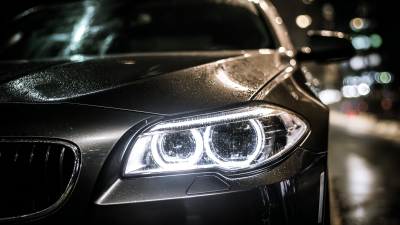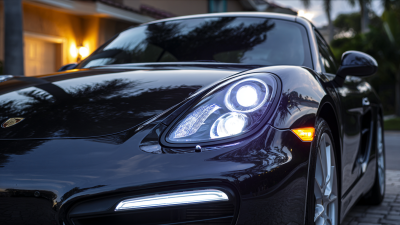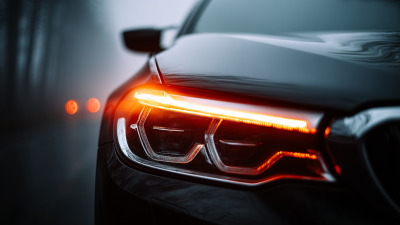When it comes to enhancing the visibility and safety of your vehicle on the road, choosing the right LED lights for a vehicle is crucial. According to a report from the National Highway Traffic Safety Administration (NHTSA), effective lighting can reduce the likelihood of accidents by as much as 20%, underscoring the importance of investing in quality lighting solutions. The automotive lighting market is projected to reach $40.4 billion by 2026, driven by the increasing demand for energy-efficient and durable lighting options. LED lights not only provide brighter illumination compared to traditional halogen bulbs but also consume significantly less power and have a longer lifespan. With various types available, understanding the specific needs of your vehicle and how different LED features—such as brightness, color temperature, and installation types—can affect performance is essential for making an informed decision.
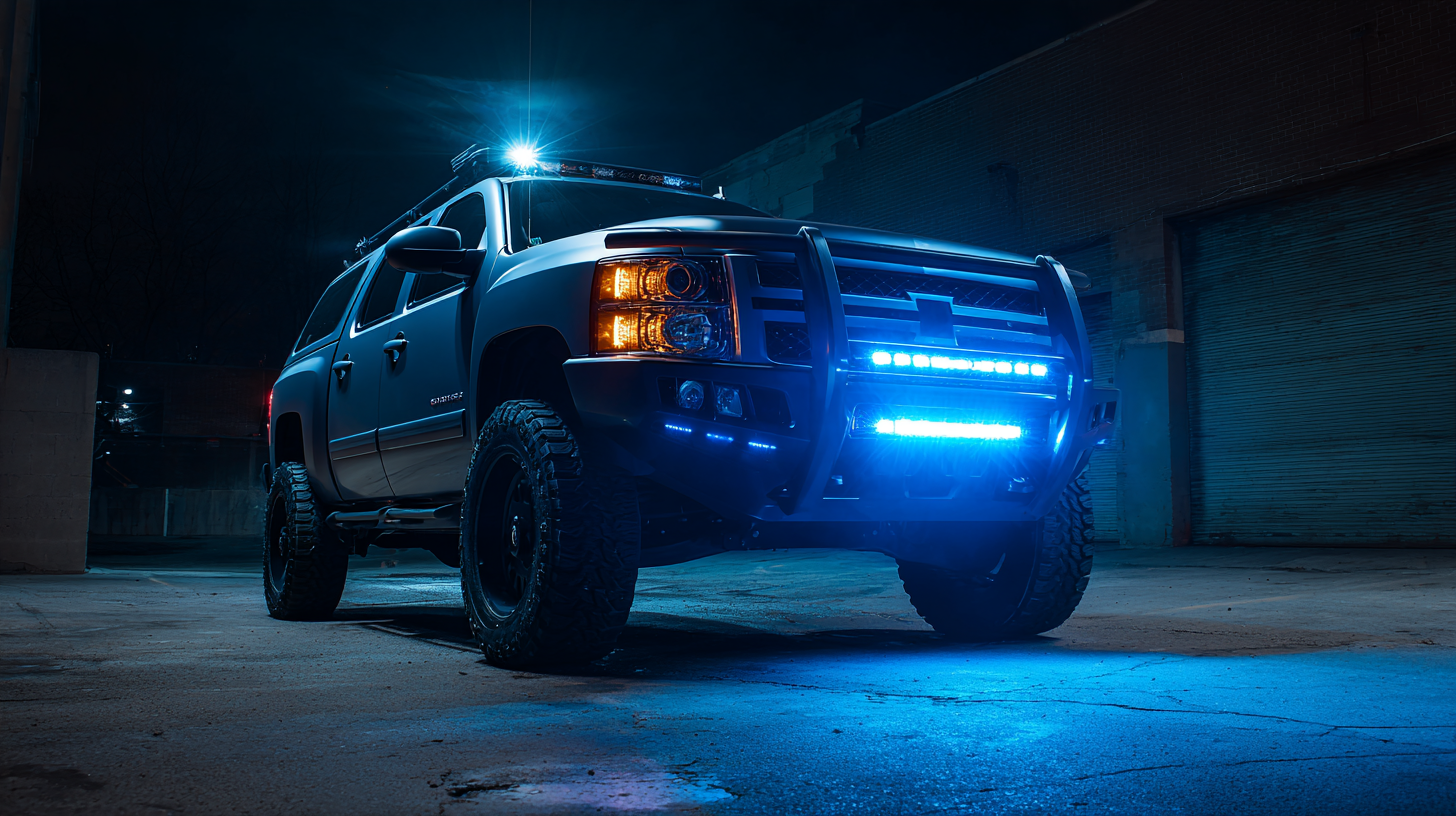
When selecting LED lights for your vehicle, it's crucial to understand the different types available on the market today. LED headlights, for instance, have become increasingly popular due to their superior brightness and energy efficiency. According to a report by the National Highway Traffic Safety Administration (NHTSA), vehicles equipped with LED headlights can improve visibility by up to 200%, significantly enhancing safety during night driving. Furthermore, these lights consume approximately 75% less energy than traditional halogen bulbs, providing longer service life and reduced strain on the vehicle's electrical system.
In addition to headlights, LED taillights and indicators are essential for ensuring your visibility to other drivers. Research from the Society of Automotive Engineers (SAE) indicates that LED taillights illuminate faster and are more noticeable than incandescent bulbs, which can lead to shorter reaction times from vehicles behind you. Moreover, the longevity of LED lights means less frequent replacements, contributing to reduced maintenance costs over time. As the automotive industry continues to embrace LED technology, understanding these variations will help you make informed choices to enhance your vehicle's lighting system.
This chart illustrates the relative brightness (measured in lumens) and power consumption (measured in watts) of various types of LED lights commonly used in vehicles. Understanding these metrics can help you choose the best LED lights for your needs.
When selecting the best LED lights for your vehicle, there are several key features to consider that can significantly impact both performance and aesthetics. First, examine the brightness level measured in lumens. Higher lumens mean brighter output, which is essential for night driving or in poorly lit areas. Additionally, consider the beam pattern. A well-distributed beam enhances visibility without blinding other drivers. Look for products that specify their beam angle to ensure optimal performance.
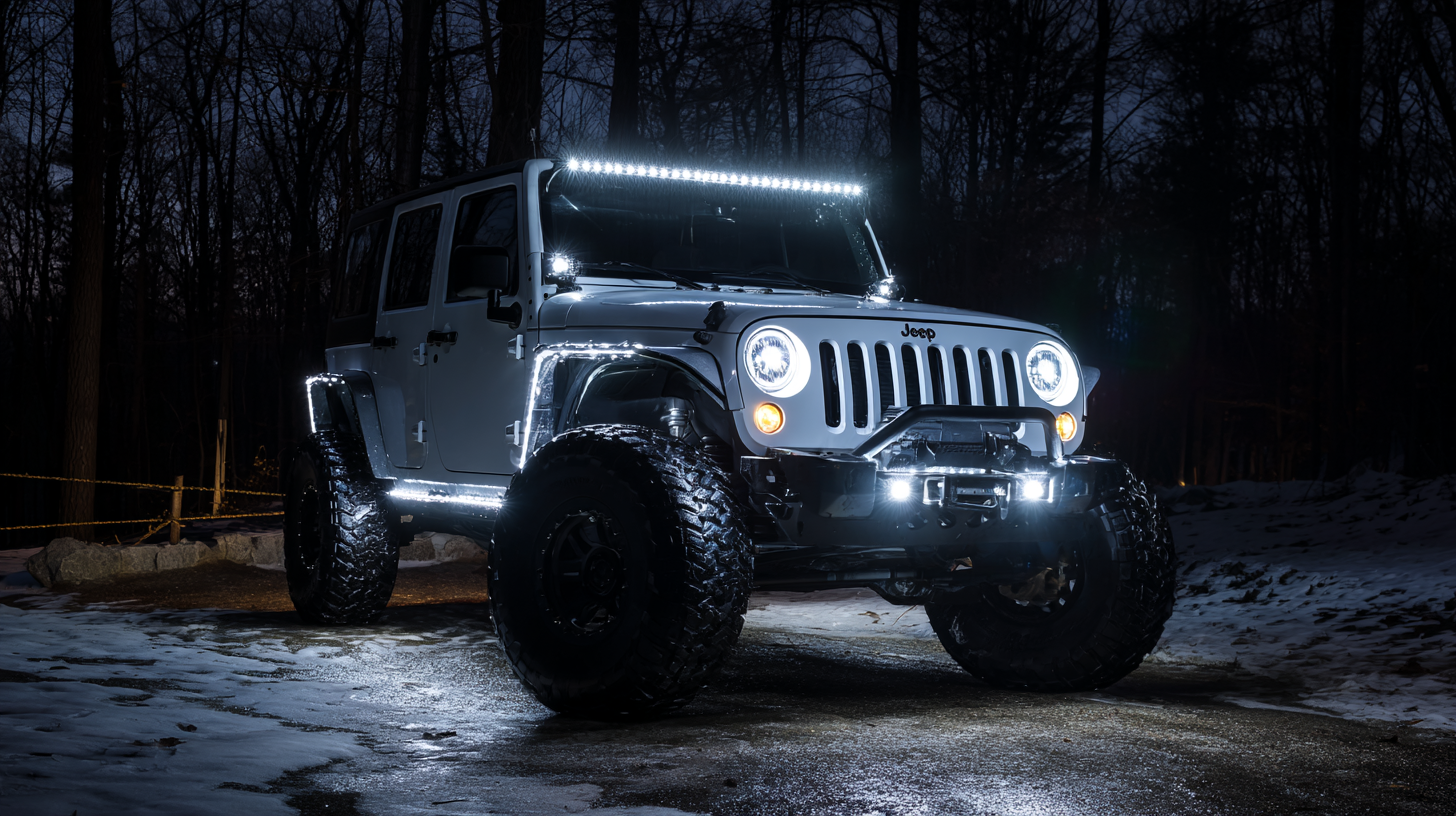
Another important aspect is the color temperature of the LED lights. Typically, a color temperature ranging from 5000K to 6000K provides a crisp, clear light similar to daylight, which improves visibility and reduces eye strain. Furthermore, inspect the durability and water resistance ratings of the lights. LED lights with a higher IP rating will withstand harsh weather conditions and rough terrains, ensuring longevity.
Tips: Always research the compatibility of LED lights with your vehicle type and version before making a purchase. Reading customer reviews can provide insights into the real-world performance and reliability of specific LED products. Lastly, consider investing in lights that come with warranties, as this can offer peace of mind regarding their quality and effectiveness.
When it comes to enhancing your vehicle’s lighting with LED options, choosing the right brand is crucial for ensuring quality and durability. Leading brands such as Philips, Hella, and PIAA are renowned for their innovative technology and reliability in the automotive lighting market. Philips, for instance, offers a wide range of LED solutions that promise superior brightness and longevity, making them a trusted choice among car enthusiasts. Hella stands out with its focus on off-road and performance lighting, providing robust options that withstand harsh conditions while delivering excellent visibility.

Another strong contender is PIAA, which is celebrated for its performance-oriented lighting products. Their LED lights are designed to provide exceptional clarity and precision, enhancing the driving experience without compromising safety. Additionally, companies like OxGord and Nilight offer budget-friendly options that do not sacrifice quality, catering to those who seek value without burning a hole in their pockets. By considering these top brands, vehicle owners can confidently select LED lights that elevate both the aesthetic and functional aspects of their automobiles.
When it comes to installing LED lights in your vehicle, ensuring optimal performance requires attention to detail. First and foremost, selecting the right size and type of LED lights for your specific vehicle model is crucial. Consult the owner’s manual or do some research to determine the recommended bulb sizes and power requirements. Once you have the right components, prepare your workspace, ensuring that the area is clean and well-lit for a smoother installation process.
Before starting the installation, disconnect the vehicle’s battery to prevent any electrical issues. If you're replacing existing bulbs, carefully remove them and take note of how they are fitted; this will aid in installing the new LED lights correctly. During installation, make sure the LED bulbs are securely fitted to avoid any flickering or irregular behavior. Additionally, consider using a quality LED driver or resistor if required, as it can help regulate power and prevent issues such as "hyper-flashing" in turn signals. Finally, after installation, reconnect the battery and test the lights to confirm they’re functioning properly, adjusting any angles if necessary for improved visibility.
| Feature | Description | Benefits | Installation Tips |
|---|---|---|---|
| Lumens | Measurement of brightness | Increased visibility at night | Choose lights with higher lumens for brighter output |
| Color Temperature | Measured in Kelvin (K) | Affects the color of the light emitted | Select around 5000K for a bright white light |
| Energy Efficiency | Power consumption | Saves battery life | Research wattage ratings before purchase |
| Durability | Resistance to shocks and water | Long lifespan and reliability | Look for IP ratings for water resistance |
| Compatibility | Fits vehicles and socket types | Ensures easy installation | Check vehicle specifications before buying |
When selecting LED lights for your vehicle, avoiding common mistakes can significantly enhance your driving experience. One prevalent error is neglecting to check compatibility with your vehicle's electrical system. Not all LED lights will work seamlessly with every make and model, and using incompatible lights can lead to flickering or complete failure. Always consult your vehicle’s manual or seek expert advice to ensure you choose lights that fit your specific model.
Another common mistake is underestimating the importance of brightness and beam pattern. Some individuals may opt for LED lights solely based on aesthetics or low prices, resulting in inadequate illumination on the road. It’s essential to select lights that not only provide sufficient brightness but also have the correct beam pattern for optimal visibility. Testing the lights before finalizing your choice can help prevent disappointment. Moreover, overlooking the quality and durability of the LEDs can lead to premature failures, so always prioritize reputable brands known for their longevity and performance.
